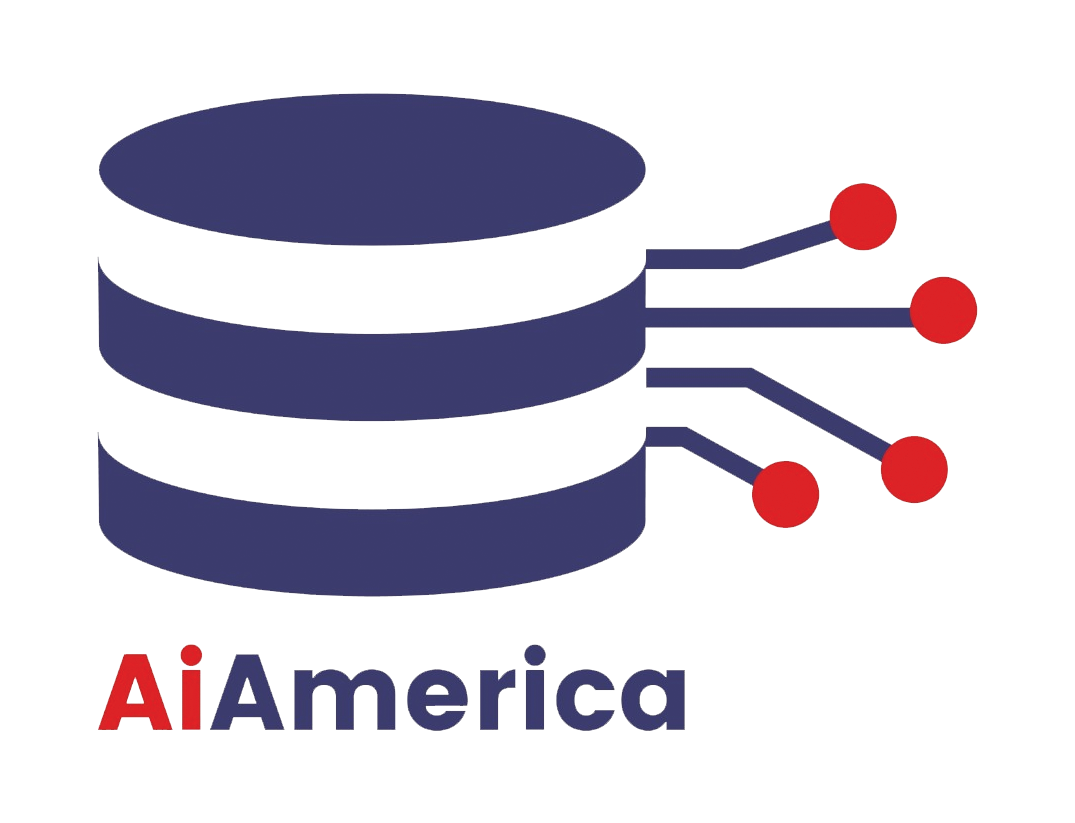
Close

Introduction:
In the vast ocean of data, finding structure and patterns can be like searching for buried treasure. Unsupervised learning clustering algorithms are the compass that leads us through this data wilderness, revealing valuable insights hidden within.
This blog post embarks on a journey to demystify clustering using unsupervised learning algorithms, shedding light on their significance, methodologies, and applications across diverse industries.
Chapter 1: Unsupervised Learning and the Clustering Quest
What is Unsupervised Learning?
An overview of unsupervised learning and its role in clustering.
Types of Clustering Algorithms:
An introduction to hierarchical clustering, K-Means, DBSCAN, and more.
Chapter 2: Preparing Data for the Clustering Expedition
Data Preprocessing:
Cleaning and transforming raw data into a format suitable for clustering.
Chapter 3: The Clustering Process
Clustering Techniques:
In-depth explanations of K-Means, Hierarchical, DBSCAN, and other popular clustering algorithms.
Selecting the Right Algorithm:
Guidance on choosing the most appropriate clustering method for different data types and objectives.
Chapter 4: Applications Across Industries
Marketing:
Segmenting customers for personalized marketing strategies.
Healthcare:
Grouping patients based on health characteristics for tailored treatment plans.
Chapter 5: Challenges and Considerations
Choosing the Right Number of Clusters:
Methods like the elbow method and silhouette score help in determining cluster count.
Interpreting Results:
Understanding and visualizing clustering outcomes.
Chapter 6: Advanced Clustering Techniques
Ensemble Clustering:
Combining multiple clustering algorithms for robust results.
Chapter 7: The Future of Unsupervised Learning Clustering
AI and Unsupervised Learning:
AI-driven clustering for more accurate and adaptable insights.
Conclusion:
Unsupervised learning clustering algorithms are the lanterns guiding organizations through the dark caverns of data. They help discover hidden patterns, uncover unknown relationships, and reveal valuable knowledge.
As technology advances, the world of unsupervised learning clustering will only expand. Organizations will leverage these algorithms to unlock new dimensions of customer insights, operational efficiency, and scientific discovery.